Darakjeong (다락정)
19.0Km 2021-03-26
131-1, Samcheong-ro, Jongno-gu, Seoul
+82-2-725-1697
Darakjeong has been popular for a long time because of the simple taste of its traditional Mandu (Korean stuffed dumpling). Since its opening in 1991, tasty soup and scrumptious Mandu have been served. A fist-sized Mandu is fully packed with seasoned meat, bean-curd, and various vegetables. Its thick dough makes it chewy and delightful. For one person, “Manduguk”(boiled dumpling soup) is a good choice. The delicious and nourishing taste of Mandu goes well with the sweet, spicy, and fresh taste of the soup. Manduguk is served in a brass bowl which keeps the food warm while eating. For a large-size group, “Mandujeongol” cooked with various vegetables in a casserole is recommended. There are two types of Mandujeongol that have different tastes. The main characteristic of “Kimchi Mandujeongol” is its spicy flavor, which reminds people of the refreshing taste of Kimchi soup, and “Tojang Mandujeongol” expounds on the savory taste of bean-paste soup. Tojang means folk soybean-paste. “Nokdujeon”(a Korean pan-fried dish with green mung bean) is another famous dish at Darakjeong, which is pan-fried with a very light seasoning to emphasize the original taste of Nokdu (green mung bean). Salted oysters with hot pepper are served with Nokdujeon instead of soy sauce, which is a perfect match.
Swiss Grand Hotel (formerly GrandHilton Seoul) (스위스 그랜드 호텔(구 그랜드힐튼 서울))
19.0Km 2020-04-02
353, Yeonhui-ro, Seodaemun-gu, Seoul
+82-2-3216-5656
Located 7km northwest of Seoul City Hall, Swiss Grand Hotel is situated beside Baekryoensan Mountain, offering fresh mountain air and a beautiful natural view.
The hotel is located 40 minutes away from Incheon International Airport, 15 minutes from Seoul City Hall and 10 minutes from World Cup Stadium.
Musée des chouettes (부엉이박물관)
19.0Km 2022-09-19
143, Bukchon-ro, Jongno-gu, Seoul-si
+82-2-3210-2902
Si vous êtes un passionné des chouettes et que vous aimez l’art des pliages, nous vous conseillons le musée des chouettes. Ce musée ayant pour thème les chouettes, comporte nombre d’oeuvres d’art, de pliages, d’objets utilitaires et accessoires en tout genre. Ces objets proviennent de 70 pays tels que la Chine, les Etats-Unis, la République Tchèque ou la Pologne. Plus de 2,000 pièces y sont exposées.
Onmaeul (온마을)
19.1Km 2021-03-22
127, Samcheong-ro, Jongno-gu, Seoul
+82-2-738-4231
A place that sells dishes made with beans, which are good for the health. This restaurant's signature menu is pureed soybean stew. This Korean dishes restaurant is located in Jongno-gu, Seoul.
bon PALETE(봉파레트)
19.1Km 2020-12-24
57-1 Seongbuk-ro Seongbuk-gu Seoul
+82-2-766-0827
You can enjoy delicious meals at a hanok restaurant. This Western dishes restaurant is located in Seongbuk-gu, Seoul. The representative menu is seafood pasta.
Bon PALETE (봉파레트)
19.1Km 2021-03-29
57-1, Seongbuk-ro, Seongbuk-gu, Seoul
+82-2-766-0827
You can enjoy delicious meals at a hanok restaurant. This Western dishes restaurant is located in Seongbuk-gu, Seoul. The representative menu is seafood pasta.
Seoureseo Duljjaero Jalhaneunjip (The Second Best in Seoul) (서울서둘째로잘하는집)
19.1Km 2020-06-16
122-1, Samcheong-ro, Jongno-gu, Seoul
+82-2-734-5302
The delicious, sweet, red-bean soup called “Danpatjuk” in Korean and served at “The Second Best in Seoul” has been an all-time favorite since it opened in 1976. Not only the exterior, but the interior as well, is very simple and modest, similar to a teahouse in the '70s. This does not keep people from coming back because the unforgettable taste of the sweet red-bean soup makes them return again and again.
“The Second Best in Seoul” was originally opened as a teahouse for traditional Korean medicinal tea; sweet red-bean soup being one of the main specialties on their menu list. But, nowadays, sweet red-bean soup has become the most popular menu item. Sweet red-bean soup can be enjoyed as a light meal because it fills you up quickly. In addition, the chestnuts, gingko nuts, red beans, and glutinous rice cake that are in the thick red-bean soup provide good nutrition.
TIP: The name is very special, right? “The Second Best in Seoul” was named by their modest mind of making food with utmost sincerity.
Poste de lecture 'The Forest' sur le mont Inwangsan (인왕산 더숲 초소책방)
19.1Km 2025-04-18
172, Inwangsan-ro, Jongno-gu, Seoul (서울특별시 종로구 인왕산로 172)
Poste de lecture 'The Forest', situé dans le mont Inwangsan, fut inauguré dans un premier temps afin de protéger Cheong Wa Dae avant sa rénovation en espace culturel consacré à la lecture. Le site était en effet un poste de garde durant l'incident de Kim Shin-jo en 1968 et symbolise la douleur de la division des deux Corée. Il est encore possible d'apprécier l'extérieur en brique des lieux et la porte en fer datant de l'époque. Le site est désormais un café lecture réputé pour sa vue sur la tour Namsan.
Moguchon Sutbulgalbi (목우촌숯불갈비)
19.1Km 2021-03-18
49-1, Seonggyungwan-ro, Jongno-gu, Seoul
+82-2-3672-2867
This is a Korean cuisine located in Jongno-gu, Seoul. A restaurant serving charcoal-grilled meat. The best menu at this restaurant is grilled boneless beef ribs.
Porte Hyehwamun (Honghwamun) (창경궁 홍화문)
19.2Km 2020-12-08
185, Changgyeonggung-ro, Jongno-gu, Seoul-si
+82-2-2148-1466
Située au nord-est de Hanyang (l’ancien nom de Séoul), la Porte Hyehwamun fut l’une des quatre petites portes des murs de la forteresse de la ville. Lorsqu’elle fut construite en 1396 (la 5ème année du regne du Roi Taejo), pendant l’établissement de la ville, elle avait pour nom Honghwamun. Malheureusement, son nom était par hasard le même que celui de la porte de l’est du Palais de Changgyeonggung, construite en 1483 (durant la 4ème année du règne du Roi Seongjon). Afin donc d’éviter toute confusion, elle prit par la suite, en 1511 (durant la 6ème année du règne du Roi Jungjong), le nom de Hyehwamun. La porte est aussi connue sous le nom de Porte Dongsomun (Petite Porte de l’Est).
La Porte Hyehwamun fut un point de passage important pour les personnes avançant vers le nord du pays puisque celle du nord, la Porte Sukjeongmun, fut souvent fermée. La Porte Hyehwamun fut détruite lors de la construction d’une ligne de trawmay entre Hyehwa-dong et Donam-dong, pendant la période d’occupation japonaise. Elle fut néanmoins restorée en 1992 et placée sur une côte près de la route.
Vous pourrez trouver la porte via le tunnel Sajik, le mont Inwang, le mont Bukak, le Palais Changdeokgung, et l’Université Sungkyunkwan. Elle entrecoupe la route allant vers Uijeongbu. A l’intérieur de Hyewha-dong, se trouve la rue animée Hyewha-dong University Street et vous pourrez apercevoir le mont Bukak ainsi que le Pavillon Bukak à l’ouest de la porte.


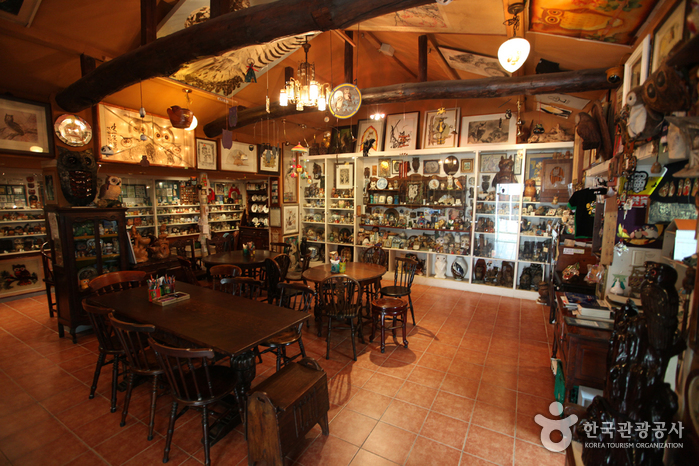
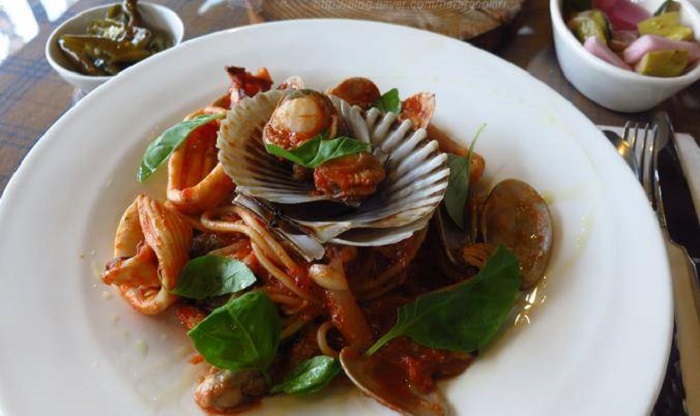
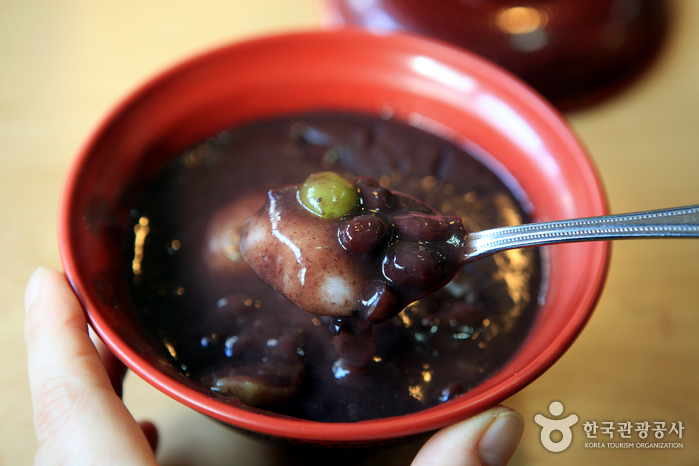
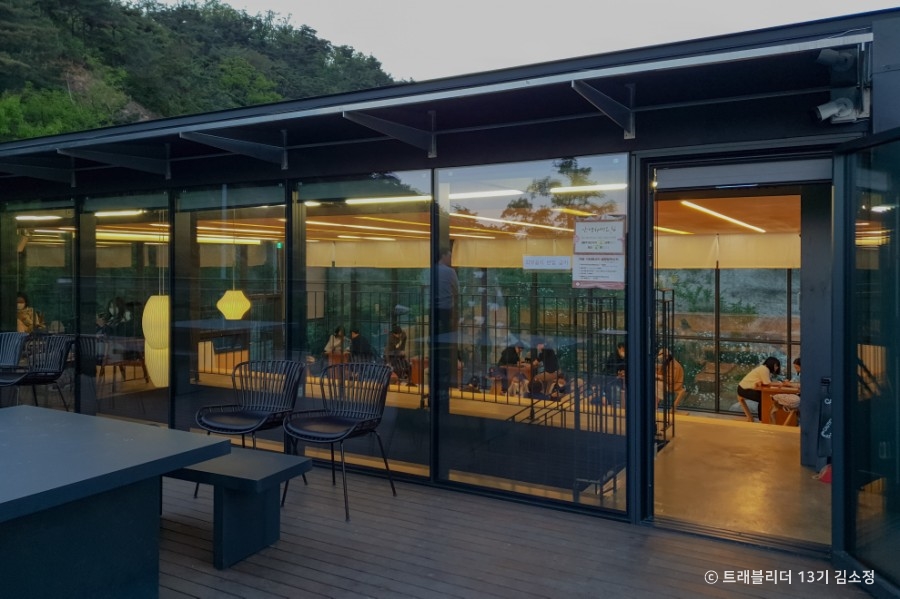
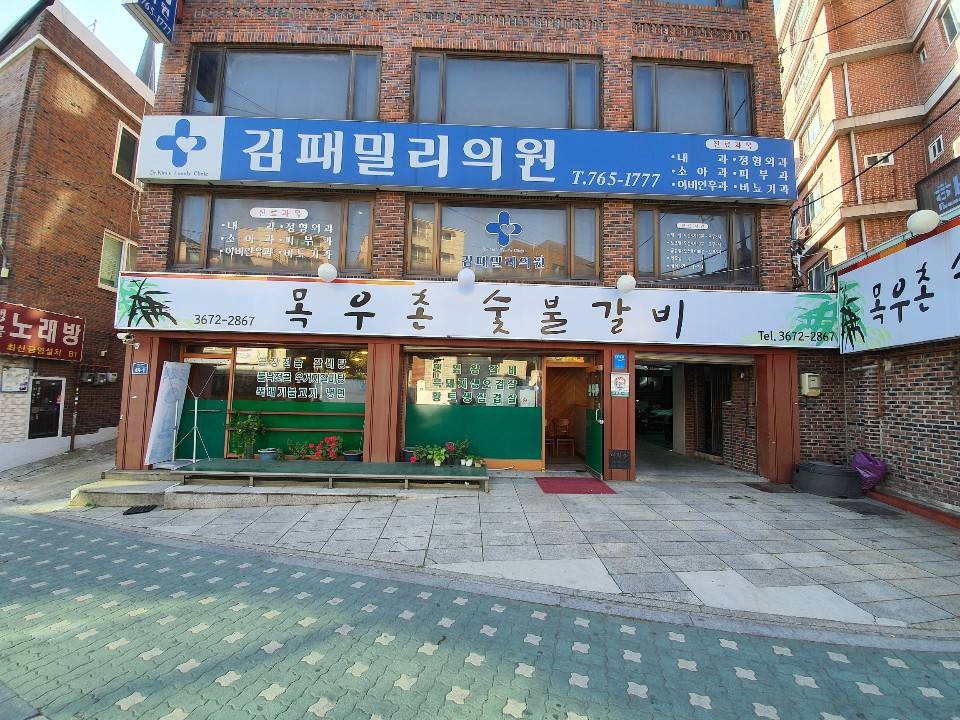
 Français
Français
 한국어
한국어 English
English 日本語
日本語 中文(简体)
中文(简体) Deutsch
Deutsch Español
Español Русский
Русский